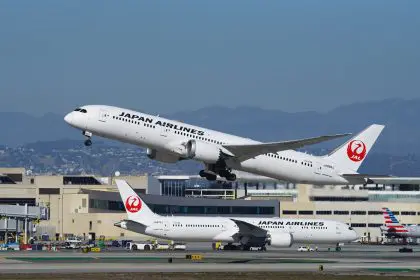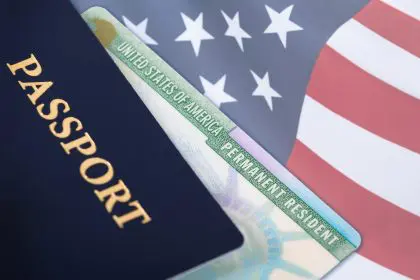Traveling with exotic pets can be an exciting yet challenging experience. Whether you’re relocating, vacationing, or moving for work, understanding the travel requirements for your unique companion is essential. This guide will walk you through the necessary steps to ensure a smooth journey for your exotic pet.
Understanding legal regulations
International regulations for exotic pets
Before embarking on your journey, it’s crucial to research and understand the international regulations regarding exotic pets. Different countries have varying rules and restrictions:
- Import permits and quarantine: Many countries require import permits for exotic pets. Additionally, some may impose quarantine periods to prevent the spread of diseases.
- CITES regulations: The Convention on International Trade in Endangered Species of Wild Fauna and Flora (CITES) regulates the trade of endangered species. Ensure your pet is not listed under CITES restrictions.
Domestic regulations for exotic pets
Traveling within your country may also have specific regulations:
- State and local laws: Some states and municipalities have strict laws regarding exotic pets. Check local regulations to avoid legal issues.
- Health certificates: Many states require health certificates for exotic pets, typically issued by a licensed veterinarian.
Preparing your exotic pet for travel
Veterinary check-ups and health certificates
Ensuring your exotic pet is healthy for travel is a priority:
- Pre-travel veterinary visit: Schedule an appointment to assess your pet’s health and obtain necessary vaccinations or treatments.
- Health certificate: Obtain a health certificate from your vet verifying your pet’s fitness for travel. Airlines and border authorities often require this document.
Choosing the right carrier and supplies
Selecting the appropriate carrier and supplies is crucial for your pet’s comfort and safety:
- Secure carrier: Choose a carrier that is secure, well-ventilated, and appropriately sized for your pet.
- Comfort items: Include familiar items like blankets or toys to reduce stress.
- Food and water: Pack sufficient food and water for the journey, along with feeding schedules and any necessary dietary requirements.
Traveling by air with exotic pets
Airline policies and booking procedures
Air travel with exotic pets requires careful planning:
- Airline policies: Research airlines that allow exotic pets and understand their specific policies and requirements.
- Booking: Inform the airline in advance about your exotic pet to ensure space and compliance with regulations.
In-flight care and handling
Ensuring your pet’s comfort during the flight is vital:
- Cabin or cargo: Depending on the airline and pet size, determine whether your pet will travel in the cabin or cargo hold.
- In-flight needs: Prepare for in-flight needs, such as ventilation, temperature control, and access to food and water.
Traveling by car with exotic pets
Vehicle preparation and safety measures
Traveling by car offers more control over your pet’s environment:
- Secure transport: Ensure your pet’s carrier is securely fastened in the vehicle.
- Climate control: Maintain a comfortable temperature and avoid leaving your pet unattended in the car.
- Frequent breaks: Plan for regular stops to allow your pet to stretch, eat, and hydrate.
Travel essentials for car journeys
Pack essential items for a smooth car journey:
- Portable habitat: Consider a portable habitat for longer stays during travel breaks.
- Cleaning supplies: Bring cleaning supplies for any accidents.
- Emergency kit: Have an emergency kit with medical supplies and contact information for nearby veterinary services.
Final considerations and tips
Pet identification and documentation
Proper identification and documentation are crucial:
- ID tags and microchips: Ensure your pet has an ID tag and is microchipped with up-to-date information.
- Travel documents: Keep all travel documents, including health certificates and permits, readily accessible.
Acclimating your pet to the carrier
Help your pet become comfortable with their carrier:
- Familiarization: Introduce the carrier well before the trip, allowing your pet to explore and become familiar with it.
- Positive reinforcement: Use treats and positive reinforcement to create a positive association with the carrier.
Conclusion
Traveling with exotic pets requires thorough preparation and adherence to regulations. By understanding legal requirements, ensuring your pet’s health and safety, and choosing the right travel methods, you can make the journey a positive experience for both you and your exotic companion. Whether traveling by air or car, these guidelines will help you navigate the complexities and ensure a smooth trip for your beloved pet.
This story was created using AI technology.






